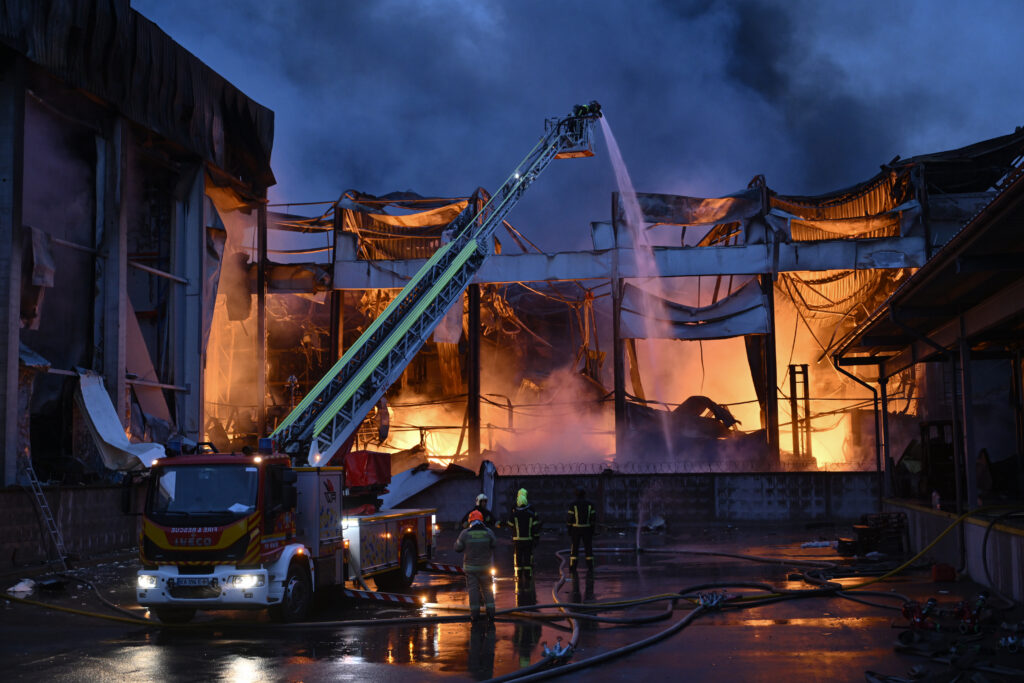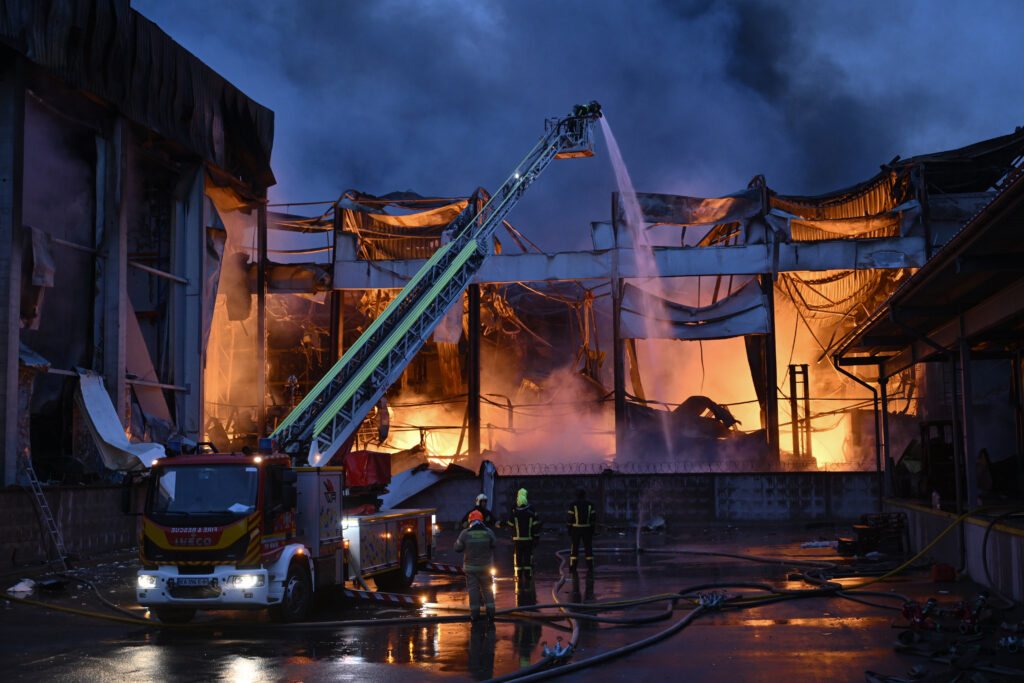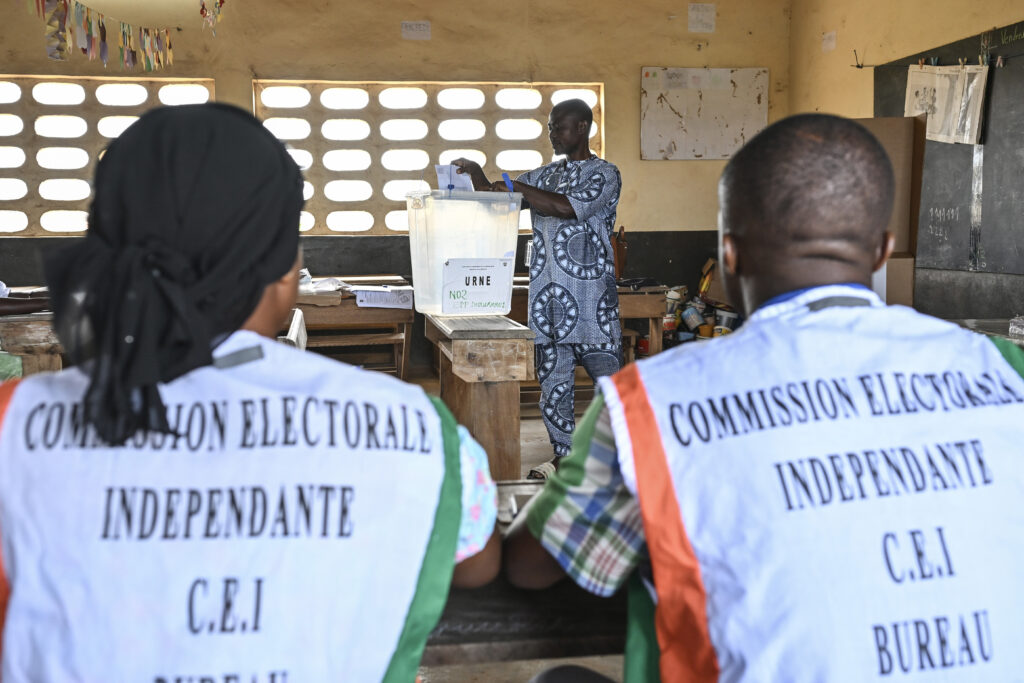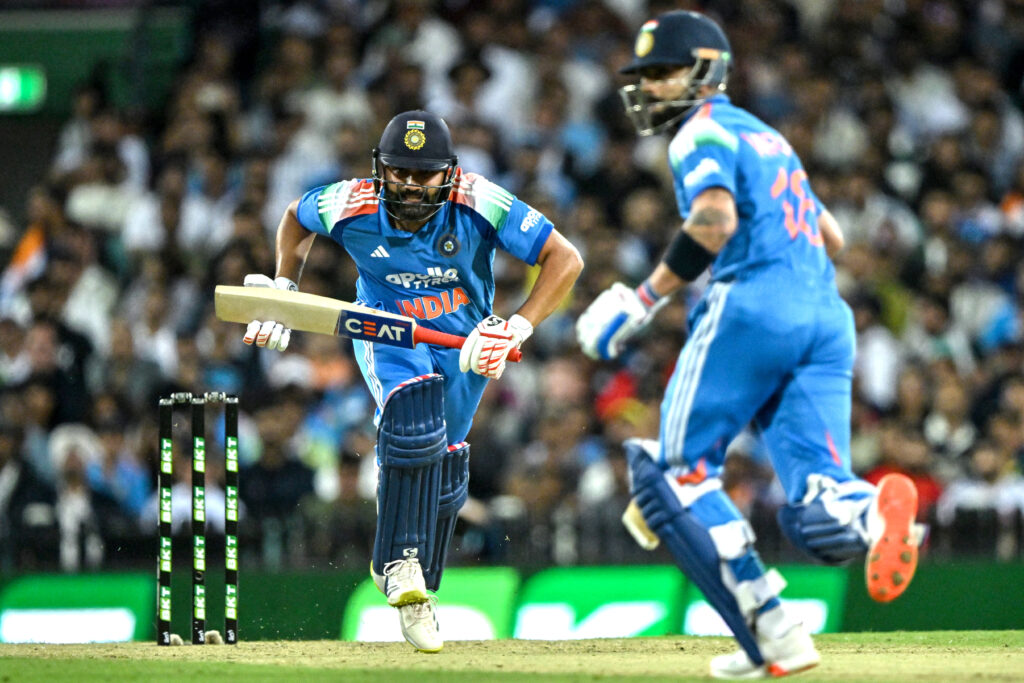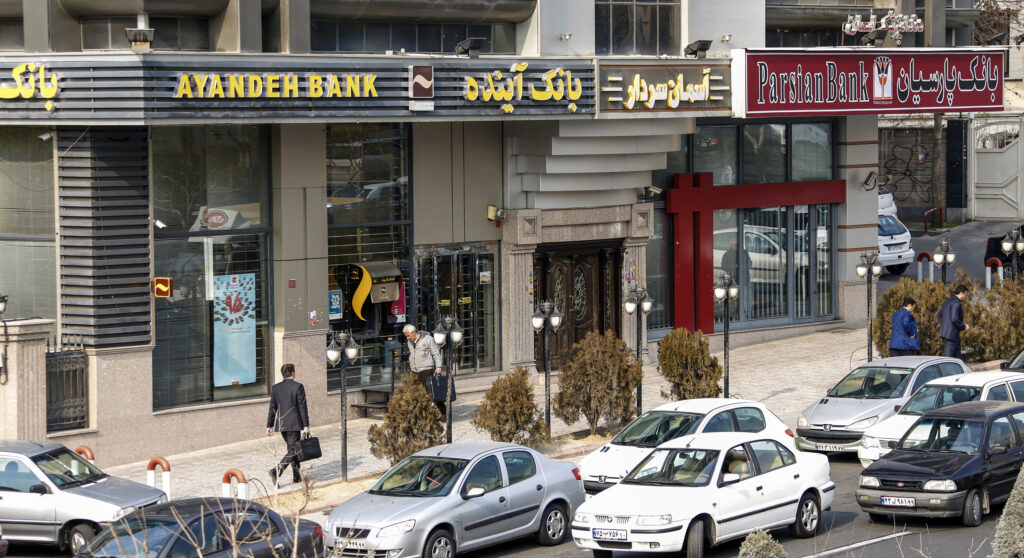L’Ukraine appelle ses partenaires à protéger son ciel après des frappes russes qui ont fait quatre morts
La président Volodymyr Zelensky a appelé une nouvelle fois ses partenaires à protéger le ciel ukrainien samedi, quelques heures après des bombardements russes sur l’Ukraine qui ont tué quatre personnes et blessé une vingtaine d’autre dans la nuit.La veille, M. Zelensky et ses alliés se sont réunis à Londres pour discuter de la livraisons d’armes de longue portée et de systèmes de protection aérienne à Kiev.”Nos partenaires disposent des systèmes nécessaires et peuvent déjà aider à défendre l’Ukraine” contre les missiles balistiques russes utilisés dans “presque toute ses attaques”, a expliqué le dirigeant ukrainien sur les réseaux sociaux.M. Zelensky a dit accorder “une attention particulière aux systèmes Patriot”, couteuses batteries antiaériennes de conception américaines efficaces contre ces missiles.Dans la nuit de vendredi à samedi, la Russie a tiré sur l’Ukraine “neuf missiles balistiques Iskander-M”, et “64 drones d’attaques” et d’autres types selon l’armée de l’air ukrainienne, qui affirme avoir détruit 50 drones et quatre missiles.L’attaque a tué deux personnes et blessé douze autres à Kiev, la capitale, à indiqué son maire Vitali Klitschko sur les réseaux sociaux.Vers quatre heures du matin, les journalistes de l’AFP à Kiev ont entendu le sifflement caractéristique des missiles ainsi que de puissantes détonations.Ils ont aussi observé les pompiers luttant contre les flammes dévorant un entrepôt, alors que des incendies importants se sont déclarés dans deux quartiers de la capitale, selon des sources municipales.Dans le centre-est du pays, “un secouriste a été tué et un autre blessé à la suite d’un tir répété de missiles sur la communauté de Petropavlivska dans la région de Dnipropetrovsk”, a déclaré le ministère de l’Intérieur sur les réseaux sociaux.Dans cette même région, “une femme a également été tuée et sept personnes ont été blessées”, a indiqué le ministère, expliquant que des “camions de pompiers, des bâtiments résidentiels et des magasins ont été endommagés”.De son côté le ministère de la Défense russe a affirmé avoir visé “des entreprises du complexe militaro-industriel ukrainien, ainsi que des sites d’infrastructure énergétique qui permettent son fonctionnement”.Avec la baisse des températures, la Russie multiplie les attaques sur les infrastructures énergétiques de l’Ukraine, faisant craindre un hiver rigoureux pour les Ukrainiens.M. Zelensky a déclaré samedi que, depuis le début de l’année, la Russie a lancé contre l’Ukraine “environ 770 missiles balistiques” et plus de “50 missiles Kinjal” hypersoniques, difficile à intercepter pour la défense aérienne.
